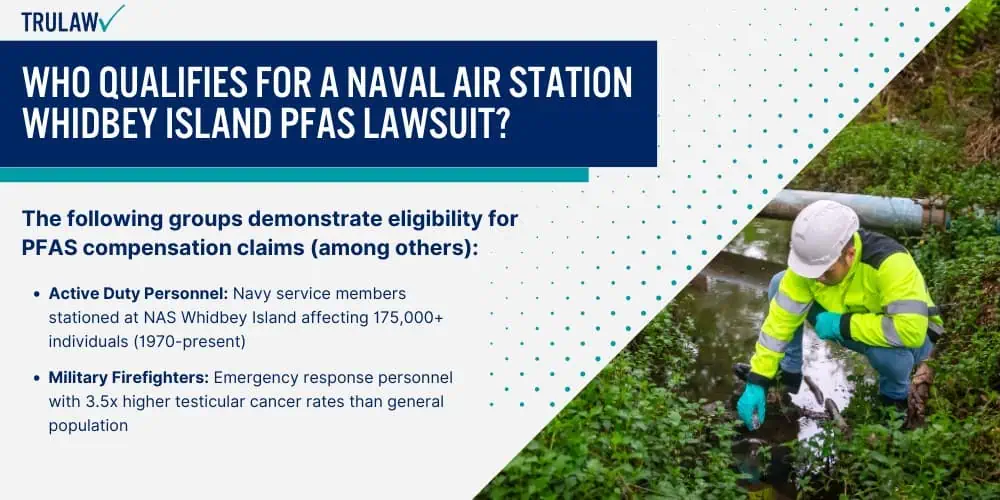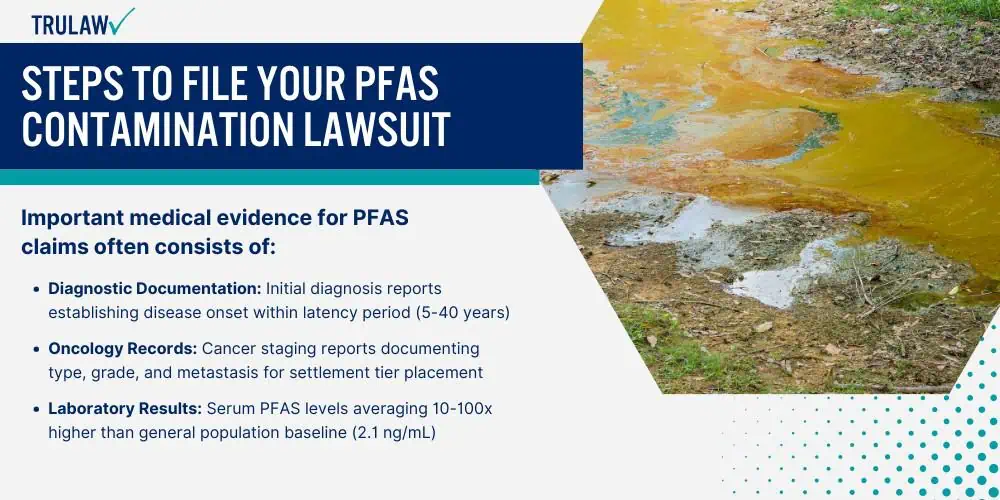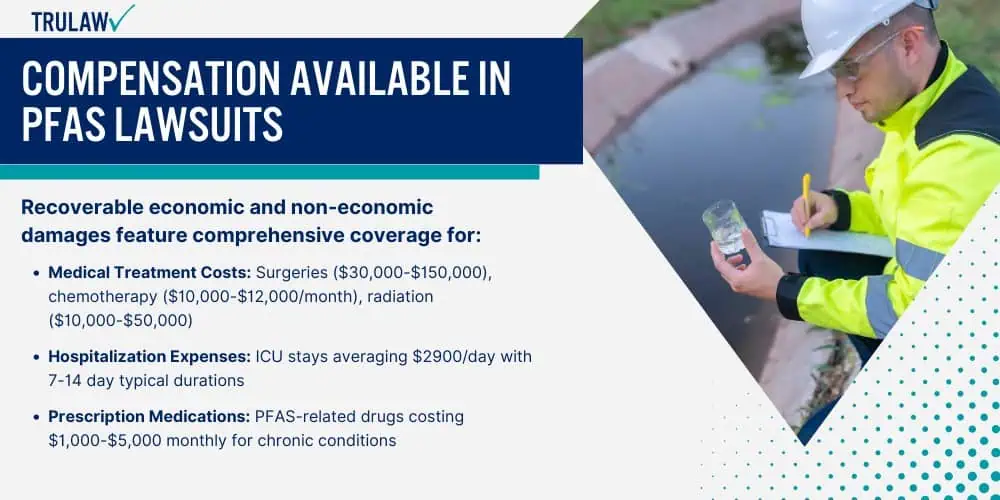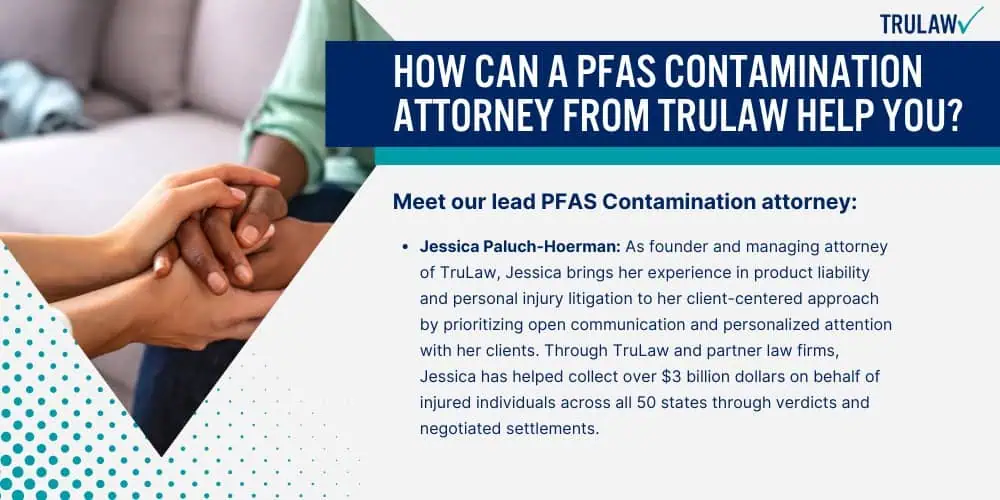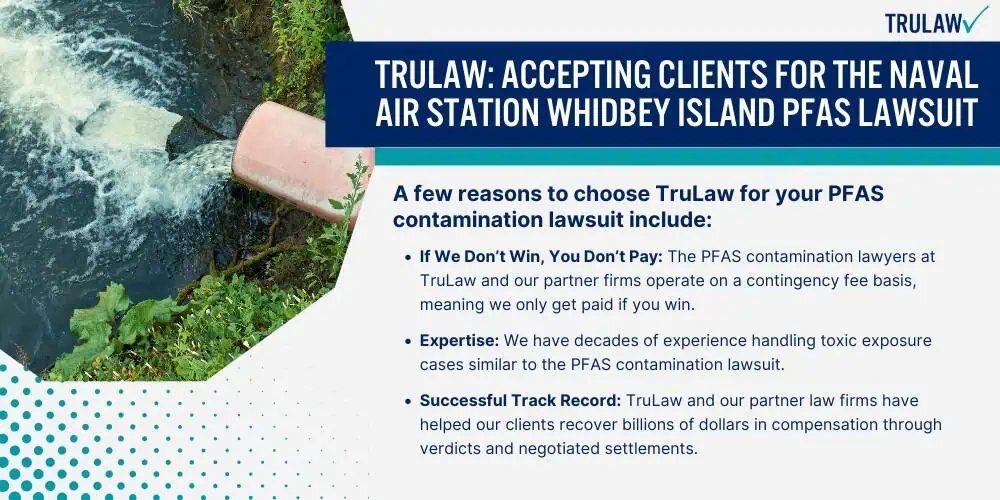Naval Air Station (NAS) Whidbey Island has emerged as a major source of PFAS contamination affecting Oak Harbor and surrounding Island County communities, with the Navy conducting extensive testing and remediation efforts since 2016.
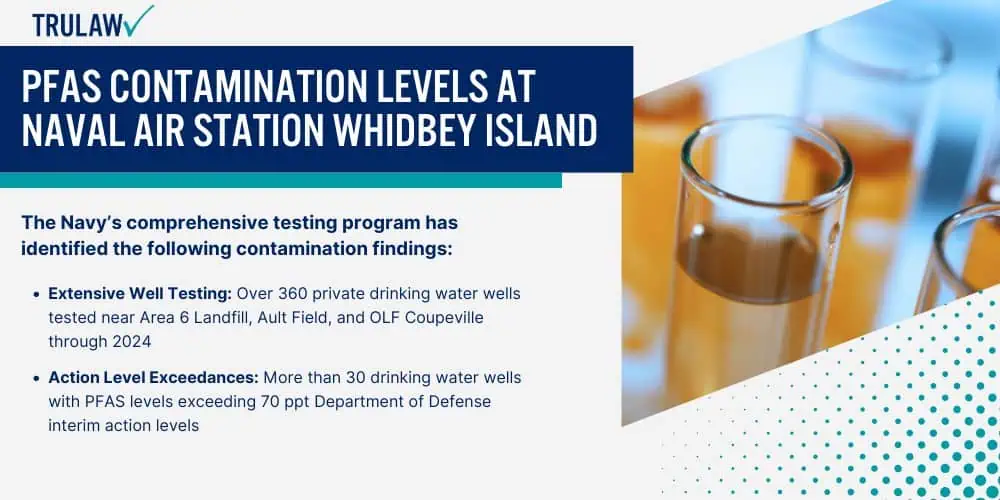
The contamination stems primarily from decades of using aqueous film-forming foam (AFFF) for firefighting training and emergency response at Ault Field, Outlying Landing Field (OLF) Coupeville, and the Seaplane Base, creating widespread groundwater pollution that affects both military personnel and civilian residents.
Forever Chemicals in Drinking Water and Contaminated Groundwater
PFAS contamination in private wells and groundwater near NAS Whidbey Island has reached concerning levels, with the Navy’s testing program identifying numerous wells exceeding the Environmental Protection Agency’s health advisory limits.
According to Navy documents, testing has revealed PFAS levels far above the 2024 drinking water standards set by the Environmental Protection Agency (EPA), prompting immediate action to protect affected residents from continued exposure to these harmful chemicals that accumulate in the human body over time.
The Navy’s comprehensive testing program has identified the following contamination findings:
- Extensive Well Testing: Over 360 private drinking water wells tested near Area 6 Landfill, Ault Field, and OLF Coupeville through 2024
- Action Level Exceedances: More than 30 drinking water wells with PFAS levels exceeding 70 ppt Department of Defense interim action levels
- Extreme Contamination: Testing results showing PFOA at 151 ppt and PFOS detections up to 955 times higher than EPA’s 4 ppt standard
- Expanded Monitoring Zones: Mile-wide sampling areas established in 2024 based on new groundwater flow modeling data
- Improved Detection Methods: Re-testing of 2,445 wells sampled between 2016-2020 using enhanced laboratory detection capabilities
The persistence of PFAS chemicals in the environment means they do not break down naturally, instead migrating through groundwater systems and accumulating in aquifers that supply drinking water to residential areas throughout Island County.
These “forever chemicals” continue spreading through underground water systems, creating expanding contamination plumes that threaten additional wells as they move downgradient from the original release sites at the naval installation.
Area 6 Landfill and Contamination Hotspots
Area 6 Landfill represents the highest-priority contamination source identified by the Navy’s environmental investigations, where historical disposal of AFFF-containing materials and other PFAS products created concentrated pollution zones.
Navy documents confirm that groundwater testing at Area 6 revealed PFOA and PFOS levels exceeding 70 parts per trillion, establishing the landfill as a primary source requiring expanded off-base drinking water sampling in areas where groundwater flows away from the facility.
The Navy has identified multiple contamination hotspots across NAS Whidbey Island facilities featuring:
- Ault Field Training Areas: Fire training facilities where AFFF usage averaged 3,000 gallons annually from 1970-2015
- OLF Coupeville Landing Zones: Touch-and-go areas with documented PFAS levels 30,000 times EPA safe limits
- Seaplane Base Operations: Active PFAS investigations revealing contamination in adjacent Crescent Harbor
- Off-Base Migration: Groundwater monitoring wells showing contamination plumes extending 1.5 miles beyond base boundaries
The unique geology of Island County creates unpredictable groundwater flow patterns that complicate contamination tracking and remediation efforts, with PFAS plumes potentially affecting wells far from the original release points.
Environmental experts note that the underground water movement through glacial deposits and fractured bedrock makes it challenging to predict which residential areas might be affected next, requiring ongoing monitoring and expanded testing programs.
If you or a loved one consumed PFAS-contaminated water from wells near NAS Whidbey Island and developed cancer or other serious health conditions, you may be eligible to seek compensation.
Contact TruLaw using the chat on this page to receive an instant case evaluation and determine whether you qualify to join others in filing a Naval Air Station Whidbey Island Lawsuit today.
Navy’s Response and Cleanup Efforts
The Navy has implemented multiple response measures to address PFAS water contamination at NAS Whidbey Island, including providing bottled water to affected residents and connecting properties with contaminated wells to municipal water systems.
According to official Navy communications, the service established a dedicated hotline (1-844-WHI-PFAS) for residents to request free well testing and has committed to providing bottled water for any property with PFAS levels exceeding Department of Defense interim action levels until permanent solutions are implemented to protect public health.
The Navy’s comprehensive response actions demonstrate ongoing commitment through:
- Testing Access: Free drinking water well testing program serving 291 properties via 1-844-WHI-PFAS hotline
- Municipal Connections: Six properties connected to City of Oak Harbor water system at $10 million cost
- Emergency Water Supply: Bottled water delivery to 18 properties exceeding 70 ppt PFAS action levels
- Remedial Investigations: $24 million invested in cleanup efforts at Area 6, Ault Field, OLF Coupeville, and Seaplane Base
- Policy Implementation: New DoD PFAS guidelines requiring action at 3x MCL values
- Regulatory Coordination: Active partnerships with EPA Region 10, Washington State Department of Ecology, and Island County Public Health
Environmental remediation experts acknowledge that full cleanup of PFAS contamination at NAS Whidbey Island could take years or potentially decades to complete, given the persistence of these toxic chemicals and the extent of groundwater pollution.
The Navy continues working with federal and state regulatory agencies (including disease control experts) to develop long-term solutions while implementing interim measures to protect human health, though the timeline for achieving complete remediation remains uncertain as investigation and cleanup technologies continue evolving.

